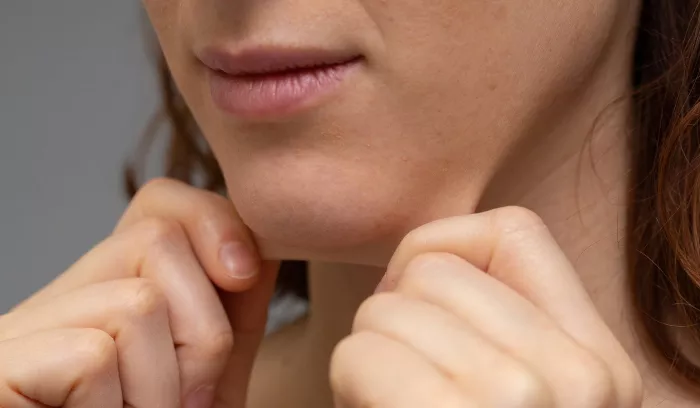Loose skin removal, also known as body contouring surgery, is a procedure that removes excess skin and fat after significant weight loss. For many individuals, this surgery is not just about aesthetics—it’s about improving quality of life and addressing medical issues caused by loose skin. If you’re wondering, “Does Medicaid cover loose skin removal?” the answer depends on several factors, including medical necessity and state-specific policies. In this comprehensive guide, we’ll explore everything you need to know about Medicaid coverage for loose skin removal, from eligibility criteria to the steps you can take to increase your chances of approval.
What Is Loose Skin Removal?
Loose skin removal, or body contouring surgery, is a procedure that removes excess skin and fat from areas like the abdomen, arms, thighs, and chest. It’s often sought by individuals who have experienced significant weight loss, either through bariatric surgery or lifestyle changes. The procedure can improve mobility, reduce skin infections, and enhance self-confidence.
Does Medicaid Cover Loose Skin Removal?
Medicaid may cover loose skin removal if it’s deemed medically necessary. However, coverage varies by state and depends on specific criteria. Here’s what you need to know:
1. Medical Necessity
Medicaid typically covers loose skin removal if it’s necessary to treat or prevent health problems. Common medical reasons include:
- Chronic skin infections or rashes under the loose skin
- Difficulty walking or performing daily activities
- Ulcerations or open wounds
- Severe back pain or posture issues
2. Documentation Requirements
To qualify for coverage, you’ll need to provide detailed documentation, including:
- A letter of medical necessity from your doctor
- Records of previous treatments (e.g., antibiotics for infections)
- Photographs of the affected area
- A history of weight loss or other contributing factors
3. State-Specific Policies
Medicaid is administered by individual states, so coverage policies vary. Some states may have stricter criteria or require additional documentation.
Steps to Increase Your Chances of Medicaid Coverage
If you’re considering loose skin removal and want to maximize your chances of Medicaid coverage, follow these steps:
1. Consult Your Doctor
Start by discussing your concerns with your primary care physician or a plastic surgeon. They can evaluate your condition and determine if loose skin removal is medically necessary.
2. Gather Documentation
Work with your doctor to compile all necessary documentation, including medical records, photographs, and a detailed letter of medical necessity.
3. Contact Your Medicaid Office
Reach out to your state’s Medicaid office to understand their specific requirements for loose skin removal coverage. Ask about pre-authorization and any additional steps you need to take.
4. Submit a Pre-Authorization Request
Your doctor’s office will typically handle this step, but it’s a good idea to follow up and ensure all required information is submitted.
5. Appeal if Necessary
If your request is denied, don’t give up. You have the right to appeal the decision. Work with your doctor to provide additional evidence or clarify any misunderstandings.
What If Medicaid Doesn’t Cover Loose Skin Removal?
If Medicaid denies coverage, you still have options:
1. Payment Plans
Many plastic surgery clinics offer payment plans to make the procedure more affordable.
2. Medical Loans
Some patients choose to finance their surgery through medical loans or credit cards.
3. Combining Procedures
If you’re considering other cosmetic procedures, you may be able to combine them with loose skin removal to reduce overall costs.
Risks and Benefits of Loose Skin Removal
Before undergoing the procedure, it’s important to weigh the risks and benefits:
Benefits
- Relief from chronic pain, infections, and rashes
- Improved mobility and posture
- Enhanced self-confidence and quality of life
Risks
- Scarring
- Infection
- Blood clots
- Complications from anesthesia
Conclusion
Loose skin removal can be a life-changing procedure for individuals struggling with excess skin after significant weight loss. While Medicaid coverage is possible if the procedure is deemed medically necessary, it requires careful planning, documentation, and communication with your provider. By understanding the process and taking the right steps, you can increase your chances of approval and achieve the relief and confidence you deserve.
If you’re considering loose skin removal, start by consulting a qualified plastic surgeon and reviewing your Medicaid policy. With the right approach, you can navigate the complexities of insurance coverage and take the first step toward a healthier, more comfortable life.
Frequently Asked Questions
1. How much does loose skin removal cost without insurance?
The cost varies depending on the surgeon and location but typically ranges from 8,000 to 15,000.
2. Can I get loose skin removal after weight loss surgery?
Yes, many patients undergo loose skin removal after significant weight loss to remove excess skin.
3. How long is the recovery period?
Recovery typically takes 4-6 weeks, but you may need to avoid strenuous activities for several months.
4. Will I have visible scars?
Yes, scarring is inevitable, but a skilled surgeon will place the incisions strategically to minimize their visibility.
Related topics:
Is Buccal Fat Removal the Same as Lipo?
How Do I Know If I Need Buccal Fat Removal?
5 Effective Ways to Get Rid of a Genetic Double Chin

